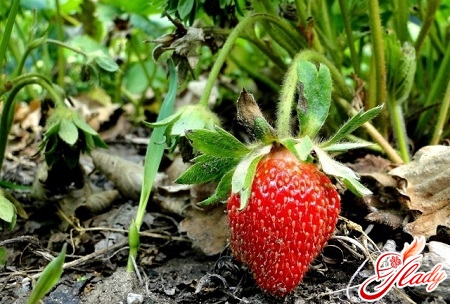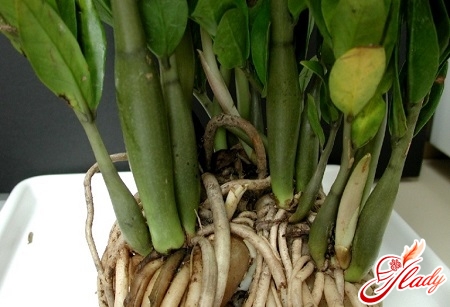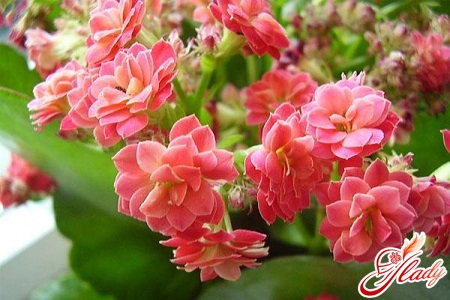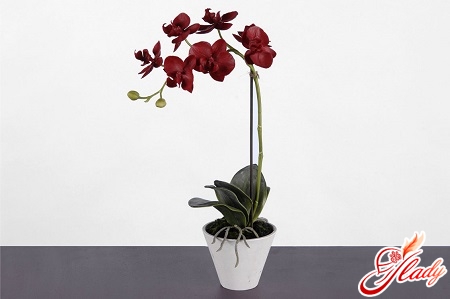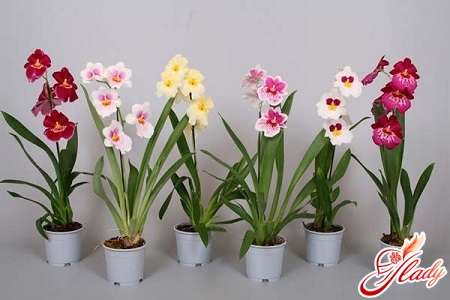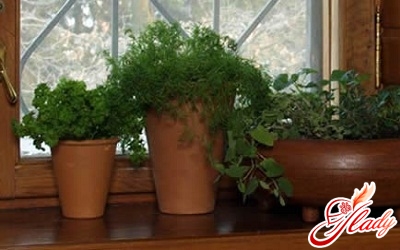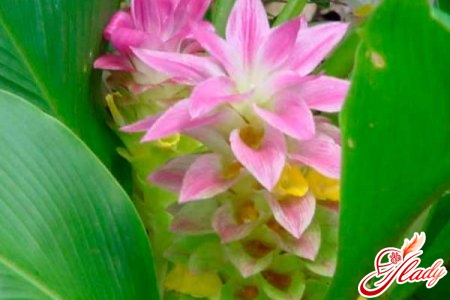 Ginger ale, ginger tea, gingerbread -all this brings thoughts to something very European (or, conversely, quite oriental), very tasty and even to some extent very fabulous. And certainly not about an exotic medicinal plant, a native of southern countries, which resembles bamboo shoots and, by the way, blossoms very beautifully. Most of us today are familiar with ginger due to the fashion in Japanese cuisine and the tradition of serving pieces of marinated ginger to sushi and rolls. Knowing it as a spice, the question "ginger: growing or buying" we are not puzzled. Meanwhile, ginger can easily become a room or garden green pet. It is not only a universal spice and aphrodisiac, but also one of the most ancient medicinal and beautiful flowering plants. Ginger is appreciated for the amazing properties of the root, similar to the mystical mandrake man. It has an aroma reminiscent of a mixture of mint and lemon and with incomparable burning taste. It is added to sweet and bitter drinks, to meat and fish dishes, to desserts and baked goods. As the plant itself, few people know, since he was accustomed to contemplate ginger only in the form of a fresh or dried root or fragrant powder. That's why the experimental mood of lovers of indoor and garden floriculture is directly provoking the cultivation of this exotic plant in a flowerpot or in a cottage area. And as practice shows, it's easy to do. With careful care and suitable conditions, ginger can reach a meter height and even bloom. So, let's get started ...
Ginger ale, ginger tea, gingerbread -all this brings thoughts to something very European (or, conversely, quite oriental), very tasty and even to some extent very fabulous. And certainly not about an exotic medicinal plant, a native of southern countries, which resembles bamboo shoots and, by the way, blossoms very beautifully. Most of us today are familiar with ginger due to the fashion in Japanese cuisine and the tradition of serving pieces of marinated ginger to sushi and rolls. Knowing it as a spice, the question "ginger: growing or buying" we are not puzzled. Meanwhile, ginger can easily become a room or garden green pet. It is not only a universal spice and aphrodisiac, but also one of the most ancient medicinal and beautiful flowering plants. Ginger is appreciated for the amazing properties of the root, similar to the mystical mandrake man. It has an aroma reminiscent of a mixture of mint and lemon and with incomparable burning taste. It is added to sweet and bitter drinks, to meat and fish dishes, to desserts and baked goods. As the plant itself, few people know, since he was accustomed to contemplate ginger only in the form of a fresh or dried root or fragrant powder. That's why the experimental mood of lovers of indoor and garden floriculture is directly provoking the cultivation of this exotic plant in a flowerpot or in a cottage area. And as practice shows, it's easy to do. With careful care and suitable conditions, ginger can reach a meter height and even bloom. So, let's get started ...
Where to begin?
Seeds of ginger do not multiply by one simplereason: in nature it does not exist in the wild anymore. And with industrial breeding, it does not give full seeds. Yes, and there is no need for it, because ginger easily multiplies by dividing the rhizome. Growing ginger at home should start with the selection of planting material. To do this, its fresh root is quite suitable, which can be purchased in the vegetable department of almost any supermarket. When buying the root for planting, choose a rhizome with a smooth and shiny skin. It should not be too dry or (worse) frost-bitten, and most importantly, it must have runny buds (like eyes on potatoes). Before planting, put the spine in warm water (two or three hours) to awaken the kidneys to growth. If you are going to plant not the whole root, but only a part of it, then cut the place of the cut or powder it with ash (activated charcoal). A pot for this unusual houseplant is needed wide, as the root system of ginger grows in breadth. At the bottom of the pot, put a drainage layer three or five centimeters thick. Prepare an earthen mixture that passes air well: sod land, sheet humus and sand in equal proportions. And now plant a root by digging it into the ground to a depth of two or three centimeters with eye sockets upwards, after which you will abundantly pour the newly baked bed. If everything is done correctly, then after about two weeks, the first young shoots of ginger will appear.
Care for growing ginger
After the appearance of greenshoots, your task should be a good and competent care for them. Ginger - a plant that is thermophilic and hygrophilous. Therefore, the main care is reduced to frequent watering and maintaining a warm and humid microclimate near the plant. Overdrying the soil in which ginger grows is unacceptable - this will lead to the inevitable death of a young plant. Water it as necessary: often and gradually. After each watering, gently and gently loosen the soil. To maintain air humidity, spray the growing ginger every day (or every other day). Ginger loves the light. Therefore, provide him with a sufficient amount of daylight, but protect from direct sunlight. Like any growing organism, young ginger should be fed. So, for a better growth, add mineral and organic (or better complex) fertilizers to house flowers in its diet. Here, in general, and all the basic rules for caring for growing ginger. 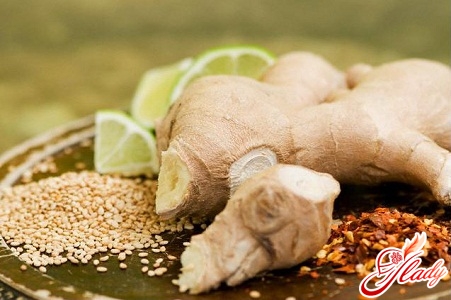
Ginger on the garden bed
For growing ginger in the garden, hisalso should first germinate at home, planting a rootlet in February-March. In the spring and summer, he will begin active growth. By this time, ginger should be transplanted into the garden. It is clear that for growing in the garden, you can sprout more than one spine, and a few - then in your garden a few ginger bunches will turn green. From the moment of planting to the full maturation of the spicy rhizome, six to ten months should pass, depending on the climate: in warm regions it will ripen faster. Digging ginger roots is necessary in the autumn, after the leaves turn yellow and wither away. If you plant ginger for decorative purposes, for the sake of its exotic flowers, then leave the roots to winter in the ground. Then the probability of flowering ginger in the coming season will increase many times. Caring for the plant in the open ground is also not difficult. It should be watered (not allowing the drying of the soil), protect from direct sunlight and spray.
Harvesting
Spicy roots of ginger are ready for use onto their direct designation within three to four months after planting. But by this time they are still quite small, although they have all the flavor and aromatic qualities. To get a good harvest, it takes at least eight to ten months. Fresh young leaves and ginger stalks are also edible. They can be used to prepare salads at any time, but to get large rhizomes, you do not need to be pruned with pruning. Keep the fresh roots of ginger in a dry place or in the refrigerator for several months. For a longer period of storage, the rhizomes should be ground and dried. By the way, dried ginger has a stronger aroma and burning.
Practical tips
Between growing ginger on a windowsill orthere are no fundamental differences in the garden. For the success of this enterprise, you just need to comply with the requirements for growing conditions. Here are some tips from the practice of home "gingerbreading".
As you see, special difficulties are growing gingerdoes not represent. Therefore, if you have a strong spirit of experimentation, or if you just want to try to grow an exotic plant in your home or garden, then ginger is quite suitable for the implementation of your plant plans. Having personally grown this amazing fairy spice, you and your vanity will amuse yourself, and you will prepare the ginger lemonade in the summer and bake the Christmas gingerbread in winter. And you will always have at your fingertips not only a universal remedy for the common cold, but also an amazing spice that awakens a love passion. We advise you to read:




